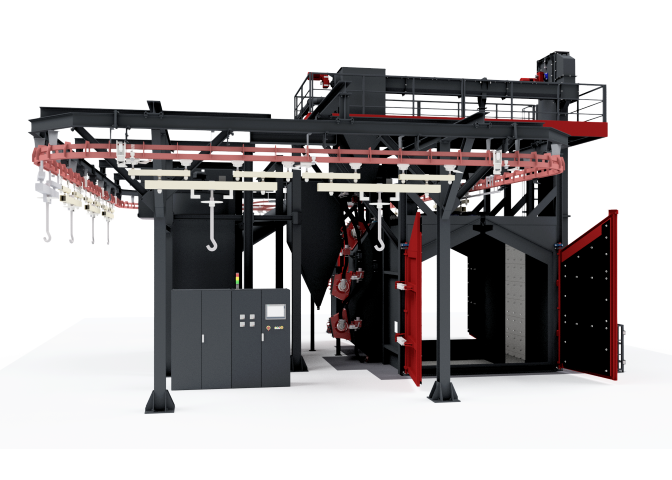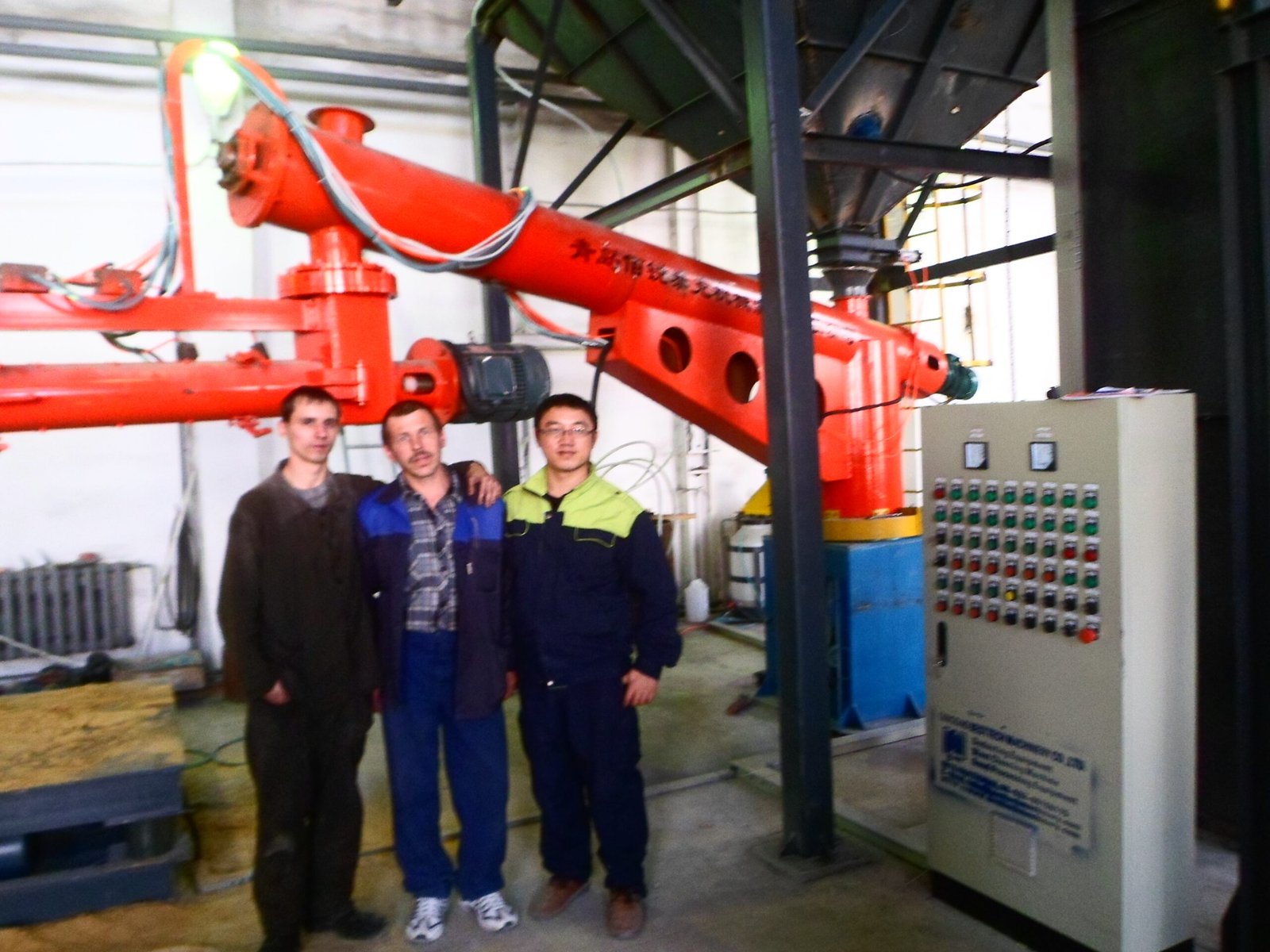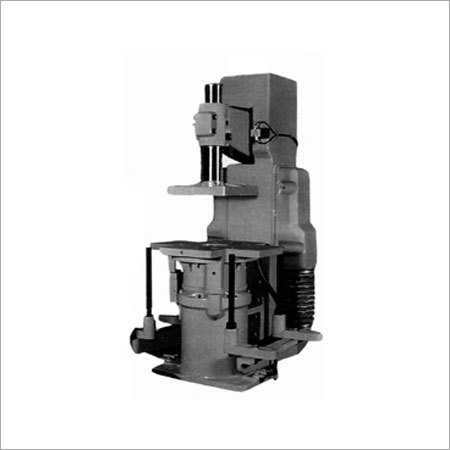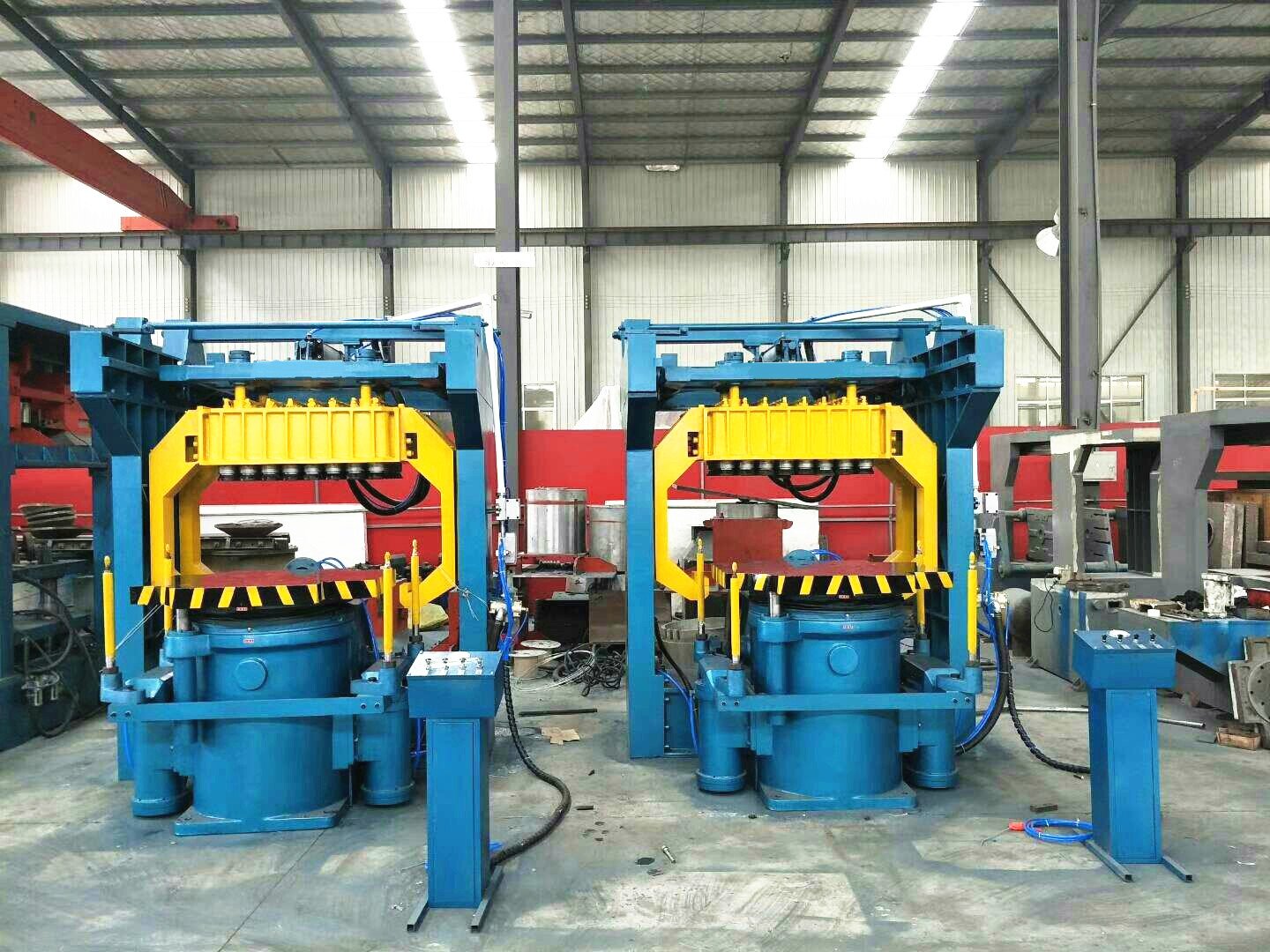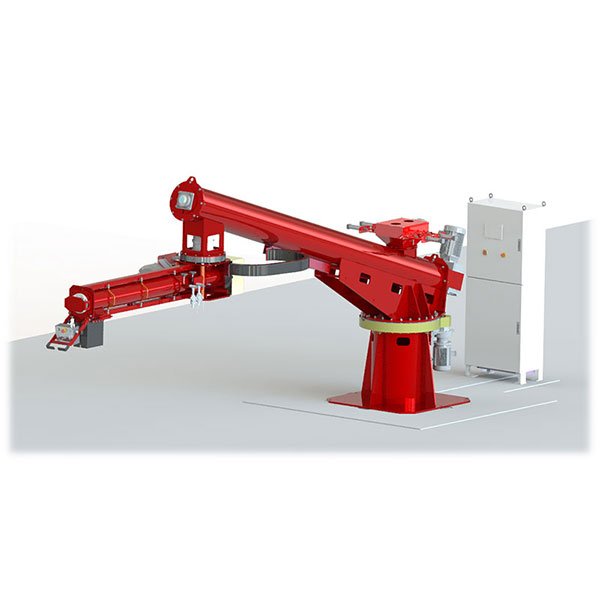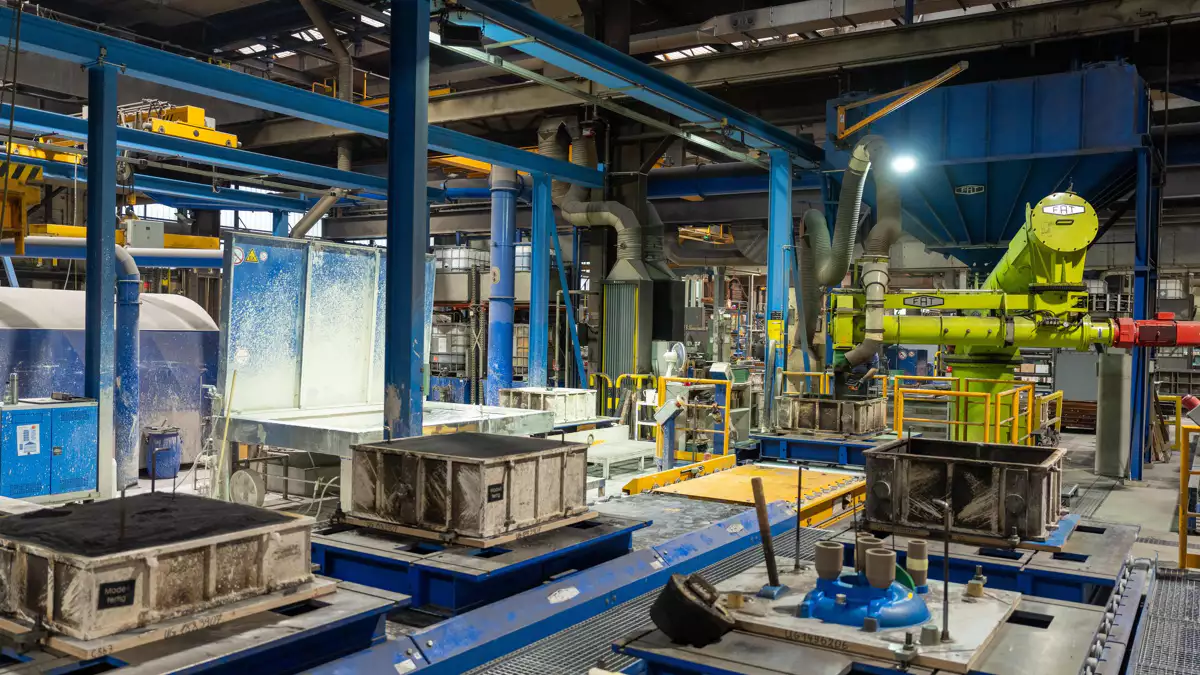
Frequent breakdowns dragging your productivity down? Maintenance costs eating away at your profits?
Durable foundry equipment reduces repair expenses, improves uptime, and supports long-term profitability.
In today’s competitive environment, relying on fragile, outdated machines simply isn’t an option. Let’s look at why durability should be your highest priority.
What Is Foundry Machinery and Why Durability Matters
Daily exposure to heat, shock, and abrasives quickly wears down any machine—unless it’s designed to handle it.
Foundry machinery covers all equipment used in casting processes, and its durability directly influences part quality, safety, and operational consistency.
Here’s why it matters:
- Includes furnaces, molding machines, core shooters, sand handling, shot blasting systems, and more.
- Durability impacts machine stability, output accuracy, and safety for operators.
- Common stress factors include abrasive sand, molten metal splashes, constant vibration, thermal cycling, and airborne dust.
Durability isn’t an optional feature — it’s a survival requirement in harsh foundry environments.
Real Costs of Using Low-Quality or Aging Machinery
Maintenance costs often hide in plain sight, eating away at margins.
Frequent repairs cost more than spare parts — they cause downtime, production losses, and reputational damage.
Key hidden costs:
- Repair labor and spare parts: Frequent replacement of bearings, seals, and liners adds up fast.
- Production interruptions: Every hour of downtime delays shipments and breaks schedules.
- Quality risks: Inconsistent molding or cooling can cause scrap, rework, or customer complaints.
- Safety issues: Failures under load or during pouring increase accident risk.
| Risk Factor | Example Impact | Potential Cost |
|---|---|---|
| Repeated Repairs | Weekly seal changes | $4,000/month |
| Sudden Failures | Furnace downtime | $25,000/day |
| Worker Accidents | Injury from breakdown | Legal + downtime = huge |
| Scrap & Rework | Poor surface finish | Lost customer orders |
What Makes Foundry Machinery Durable?
Some machines last five years. The best ones last over 20 — here’s why.
True durability starts with smart design, premium materials, protective coatings, and robust thermal control.
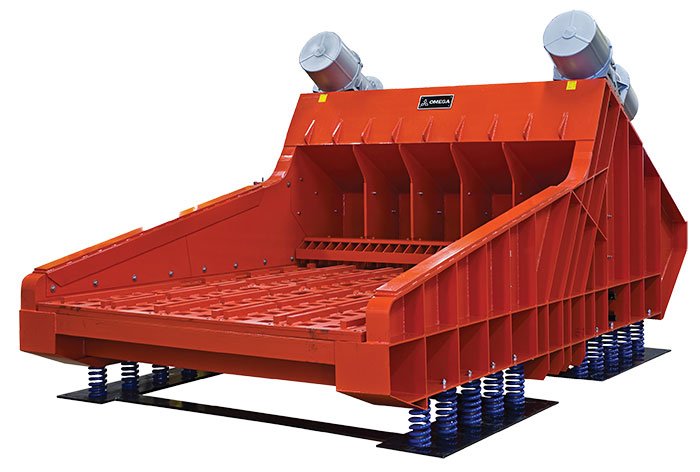
Durability factors include:
- Abrasion-resistant alloys: Hardened steels and high-chrome liners reduce wear from sand and shot.
- Stress-reducing designs: Reinforced frames and precision-balanced moving parts cut vibration damage.
- Advanced coatings and linings: Ceramic or manganese linings guard against thermal and abrasive attacks.
- Sealing systems: Dust-tight, pressurized housings keep contaminants out and extend bearing life.
These engineering choices don’t just save parts — they keep your line moving predictably.
Key Equipment Categories to Prioritize
Some machines are more prone to failure and deserve special attention.
Investing in durability where it matters most ensures higher ROI and fewer headaches.
- Furnaces & ladles: Heavy-duty linings, automated monitoring, robust coil designs.
- Molding & core machines: Hardened surfaces, reinforced guide rails, robust vibration controls.
- Sand handling & reclaiming systems: Abrasion-resistant paddles, tough liners, balanced gearboxes.
- Shot blasting systems: Thick chamber linings, sealed wheels, reinforced blast turbines.
- Cooling & shakeout lines: Heat-resistant conveyors, heavy-duty chain assemblies.
| Machine Type | Critical Durability Focus |
|---|---|
| Furnace | Liner quality, coil insulation |
| Core Shooter | Valve wear, shot sealing |
| Sand Mixer | Blade hardness, thermal stability |
| Shot Blaster | Wheel balance, liner integrity |
| Conveyor | Heat resistance, bearing seals |
Benefits of Durable Equipment
Durability is an investment that returns value in uptime, reliability, and lower lifetime costs.
Better equipment means lower maintenance, stable quality, and higher throughput.
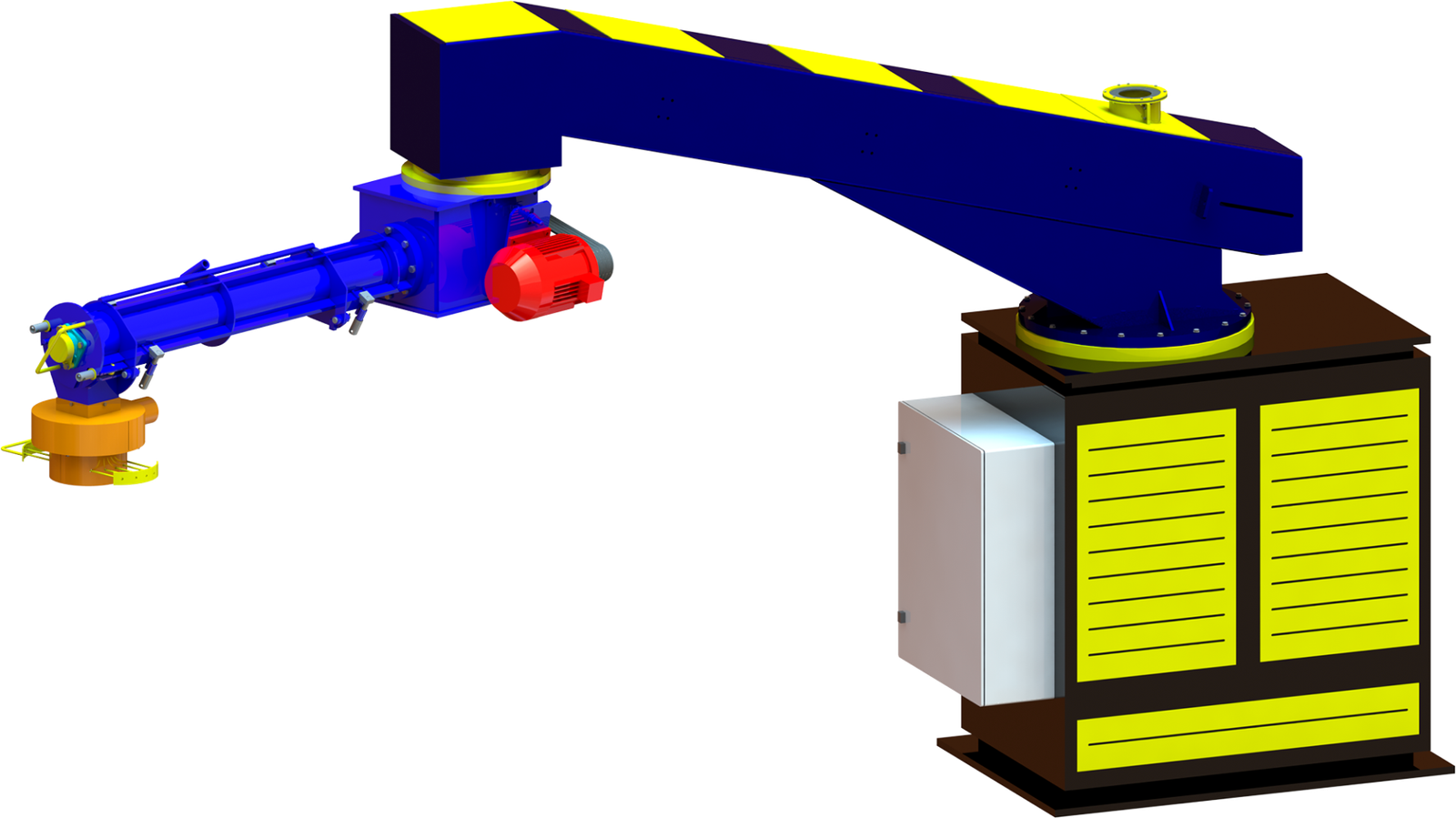
Key advantages:
- Reduced maintenance spend: Less frequent repairs free up both budget and labor.
- Improved uptime: Consistent production means reliable deliveries.
- Longer machine life: Many durable machines outlast depreciation schedules.
- Operator safety: Robust machines are less prone to unexpected failures.
- Environmental benefits: Fewer part replacements and lower scrap rates mean less waste.
Choosing the Right Durable Machine for Your Foundry
Durability is not about over-engineering — it’s about matching machine strength to your exact needs.
Evaluate machinery based on real-life wear data, not just brochure specs.
Steps to assess:
- Understand your stress environment: Material type, throughput, sand chemistry, temperature swings.
- Request lifecycle and MTBF data: See how long components last in similar plants.
- Check upgrade paths: Is it ready for future automation or process changes?
- Talk to vendors about details:
- Coating thickness and type?
- Bearing and seal designs?
- Modular maintenance features?
- Vibration isolation systems?
Certifications (like CE, ISO, OSHA compliance) also reflect deeper design quality.
Upgrade or Replace?
Don’t wait for total failure before making a move.
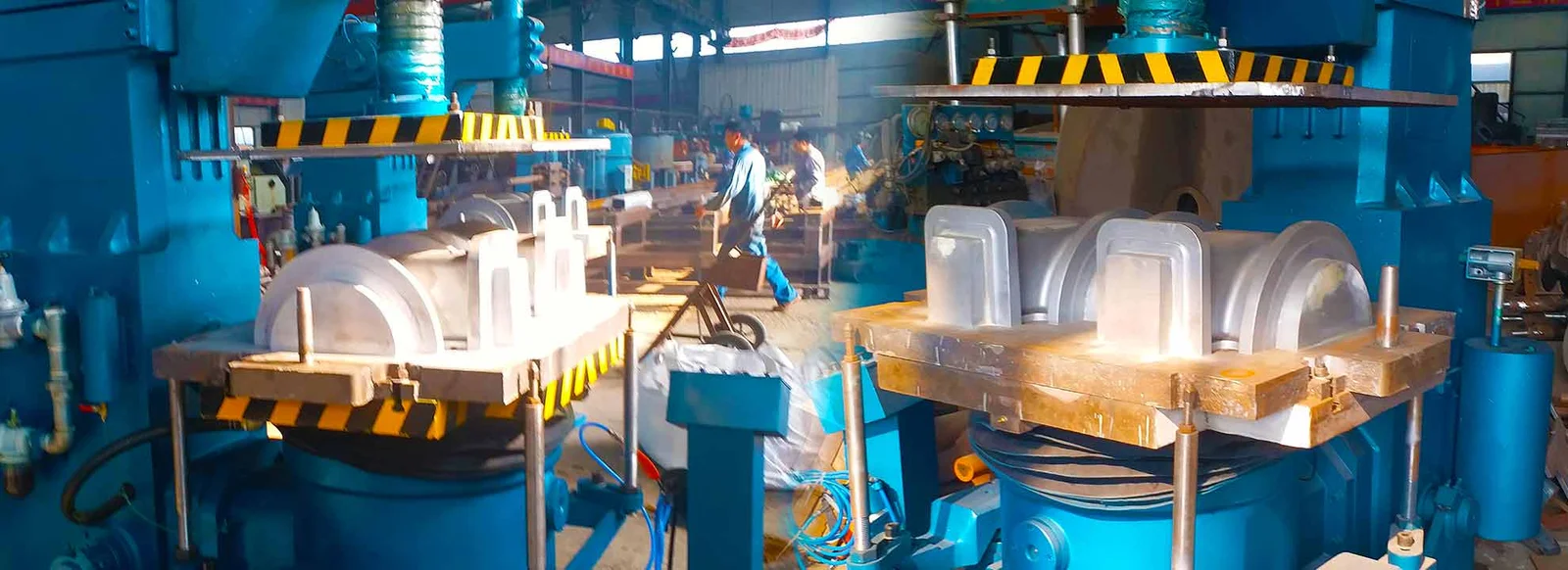
Upgrade when core structure is solid; replace when failures are frequent and core design is outdated.
Watch for:
- Regular part failures every few weeks.
- Increased energy use per part.
- Multiple unplanned shutdowns in a year.
- Operators constantly adjusting or troubleshooting.
| Strategy | Best For | Key Advantage |
|---|---|---|
| Upgrade | Solid base structure | Lower cost, faster |
| Replace | Outdated or failing base | Future-ready, safer |
Plan major changes during scheduled outages or low-season periods to reduce disruption.
FAQ
Can old machines be upgraded for durability?
Yes — wear plates, improved seals, and upgraded cooling extend life significantly.
Is durable equipment always more expensive?
Initial investment is higher, but total cost of ownership is lower over time.
Do durable systems still need maintenance?
Yes, but at lower frequency and cost.
Conclusion
Durable foundry machinery cuts hidden costs, reduces risk, and builds production confidence.
If your breakdown logs are growing or repair costs spiking, it’s time to re-evaluate.
Start by reviewing maintenance records, comparing actual downtime costs, and working with experienced vendors to map out a practical upgrade or replacement strategy.

